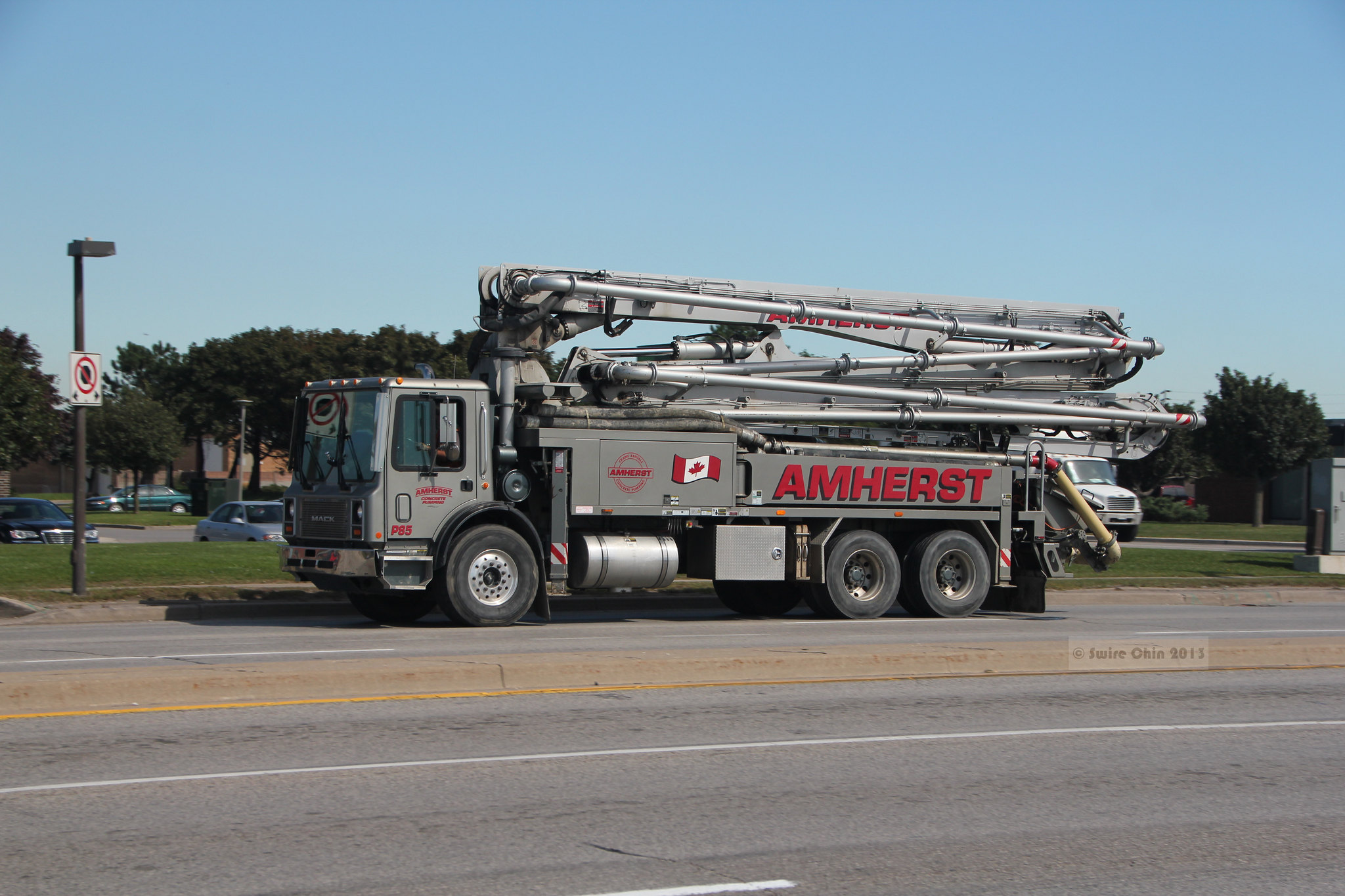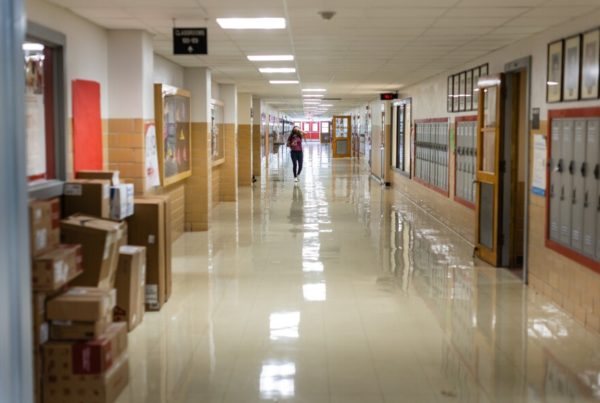Concrete is all around us – in buildings, sidewalks, drainage pipes and more. And as Texas cities grow, so too does the number of plants that mix the material. That’s especially true in Harris County, which is home to about 150 facilities.
In Houston, many batch concrete plants are being built in residential areas – and according to a Houston Chronicle analysis, they’re much more likely to operate in predominantly Black and Hispanic neighborhoods. But now, residents in these neighborhoods are pushing back, demanding these plants be built elsewhere.
Emily Foxhall is environment reporter for the Houston chronicle. Listen to the full interview in the audio player above.
This interview has been edited lightly for clarity.
Texas Standard: What are these batch concrete plants and what are residents’ concerns about them?
The batch concrete plants are the places where the ingredients for concrete are poured into the back-spinning drum that you see of the concrete trucks. So all the mixing takes place in the truck and then those trucks take it out to the worksites.
But residents have a number of concerns, as do advocates. They find that they’re very noisy and they operate at all hours. There is a good bit of light pollution, and they have concerns over a pollutant that’s called particulate matter. You might hear it called PM 2.5. These are really, really small particles that can be breathed in and get into the lungs and into the bloodstream.
Your reporting found that these plants are much more likely to be built in neighborhoods where you have a large number of people of color, and that’s part of a pattern that’s persisted for decades. Can you say more about that?
Advocates say that this is part of what has been historic discrimination in the same neighborhoods. There’s a term now known as “environmental justice” that people are talking about more and more, which has to do with the same neighborhoods facing more environmental harm.
How are plants allowed to build in such densely populated areas? I immediately think about Houston’s lack of zoning laws.
Houston has no zoning, and state regulators also don’t generally look at what’s next to these facilities. So they could be next to a preschool or next to a park. And the state says they’ve done enough in the permitting to ensure that they’re going to be safe at the fence line, so they allow them to go pretty much anywhere.
You touched earlier on an important dimension of the story – this is ongoing. This isn’t new. We’re talking about decades where these plants have been located in these communities. But a big part of your reporting is that residents are pushing back and have had some success. Right?
Right. There’s three permits that are pending now in Harris County, and there was a big meeting last week in Aldine, where a community room was just packed with residents. Every one that spoke was opposing very emotionally and passionately against the facility opening up. So that’s the one we’re going to keep watching.
And this is really quite critical for public health. We know that rates of asthma and other breathing disorders, respiratory issues are higher in some of these communities, too.
The plant operators say that they take measures to keep the pollution down and to keep these facilities safe. But the residents who live in these areas are really just kind of tired of having to deal with industrial places like this, and metal recyclers and, just all sorts of things that not every neighborhood has as much of
How much of a change does this represent – the fact that the communities are pushing back and seem to be having some success?
I think it’s something that politicians and advocates are really encouraging more and more. So there does seem to be a bit of empowerment and excitement among residents who saw this work. But there’s also some apprehension to see, with these facilities that continue to apply, whether that will continue to work.















